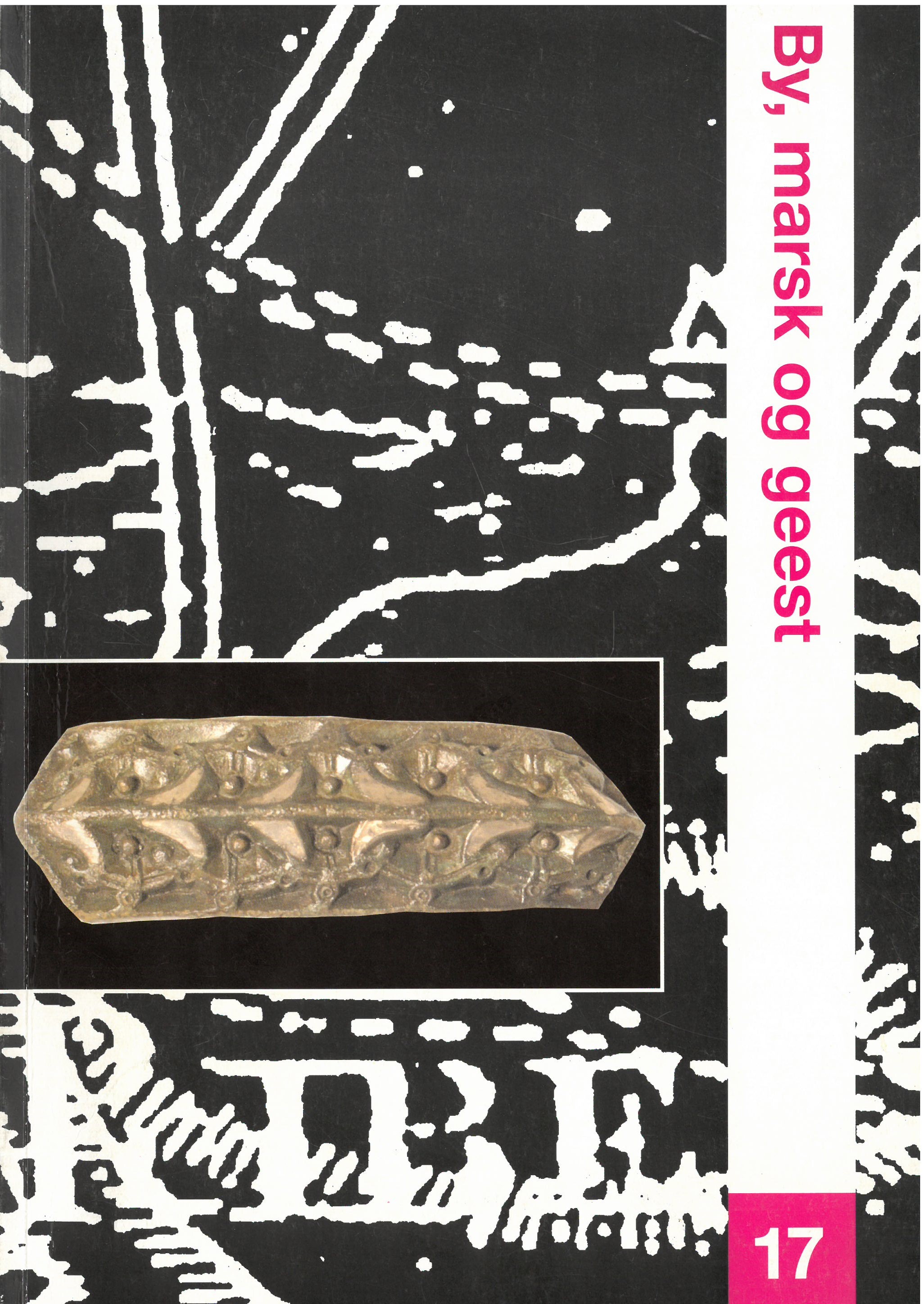Oxen for the axe
A contemporary view on historical long-distance livestock transport
DOI:
https://doi.org/10.7146/bmg.v17i1.133334Nøgleord:
kvægtransport, tidlig moderne tid, dyrevelfærdResumé
Within the European Union (EU) a combination of unrestricted mobility between the member states, a
greater uniformity in subsidies, and an enhanced infrastructure has resulted in livestock being transported
over greater distances. Because consumers today insist on better treatment for animals throughout the
whole production process – including transport – the conditions under which animals are transported,
their welfare, and the possibility of spreading contagious diseases are increasingly being debated.
Neither the transport issue nor the debate around it are new, as Europe has a long history of transporting
livestock over long distances. In this article we will focus on the early modern transport of oxen
from Denmark and Schleswig-Holstein to the Netherlands. Today, slaughtering cattle are no longer
imported from this production area to the Netherlands nor do oxen play a significant role in the modern
livestock industry, yet at the beginning of the seventeenth century tens of thousands travelled every year
by road and by sea to this area. Although conditions under which livestock are transported have changed
in the last four or five centuries, animals at that time would have reacted in much the same way as animals
do today when faced with unusual circumstances. Therefore, an understanding of the physiology of
cattle and their behaviour during modern livestock transport today enhances our understanding of early
modern transport.

Downloads
Publiceret
Nummer
Sektion
Licens
Forfatter.
Fra 2022 CC-BY-4.0
Fra før 2022 er copyright forfatteren

